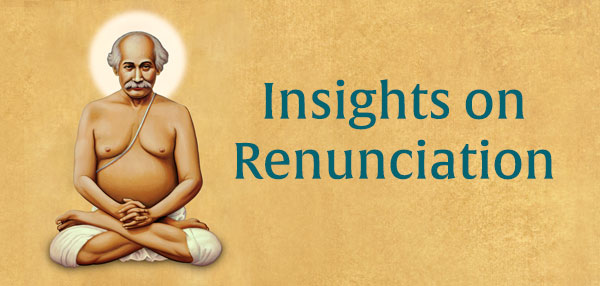
Q: I have read that Lahiri Mahasaya said no one should become a sannyasi. Is that true? If so, why did he say it?
Lahiri Mahasaya told his disciples that they should never become a Dasanami Sannyasi–a member of the Swami Order of Shankaracharya. The reason was purely yogic.
To become a member of that order, a ritual known as the Viraja Homa is performed. It is not a symbol, but a powerful ritual that alters the subtle bodies and karma of the person. Its purpose is to break all ties with this world. It transmutes the person’s worldly karma into spiritual karma.
This sounds very desirable, but if the person was mistaken in taking up sannyas and finds himself unable to continue it, his subsequent life will be chaotic and miserable because he has no positive karmic store on which to draw. He will be a failure in both his social and personal life, adrift like a broken cloud in the sky. A terrible fate!
But what has been done cannot be undone in the sense that there is no reversing of the effect of the Viraja Homa. At the same time, what has been undone cannot be done–that is, the karma that was wiped out cannot be restored. Practically speaking, there is no place for such a person in this world.
The tradition of sannyasa
The Shankara Order is very modern in the annals of Sanatana Dharma and India. The dharma shastras describe the way sannyas should be taken. It was done solely by the will of the individual. Though it might be preceded by a final performance of the daily rituals of a Sanatana Dharmi, the real sannyas was the simple declaration of intention to leave (or never enter) the householder life and departure for the forest and lifelong tapasya (sadhana). In modern times this was done by the renowned Swami (“Papa”) Ramdas of Anandashram. He simply had some cloth dyed gerrua, put it on and declared that from thenceforth his name was Ramdas, and walked out of his house never to return.
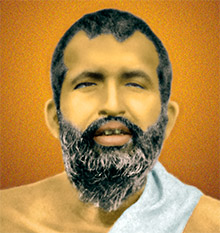 Sri Ramakrishna’s story
Sri Ramakrishna’s story
Sri Ramakrishna told a story about true sannyas. One day a man found his wife very depressed. When asked why she was so sad, she told him that she was about to lose her brother who was married; that he was going to become a sannyasi. “How do you know he’s going to become a sannyasi?” asked her husband. “Because he is carefully setting all his affairs in order, getting everything all straightened out and arranging things so he can take up the monastic life” was the reply.
Continue reading



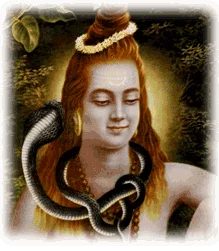
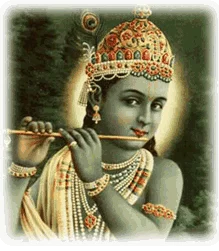

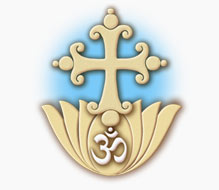

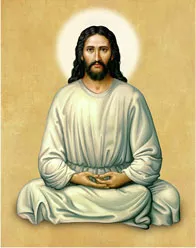

 Sri Ramakrishna’s story
Sri Ramakrishna’s story